Famous Artists’ Secrets
Inside the quiet pages of a Famous Artists Sketchbook lie the secrets to the creative minds of history’s greatest artists. From scribbles and compositional studies to emotional outbursts captured in line and shade, sketchbooks offer unfiltered insight into how artists think, see, and evolve. Whether you’re an aspiring creative, seasoned illustrator, or simply someone who thrives on visual exploration, understanding the sketchbook habits of renowned artists can transform the way you approach your own creative practice.
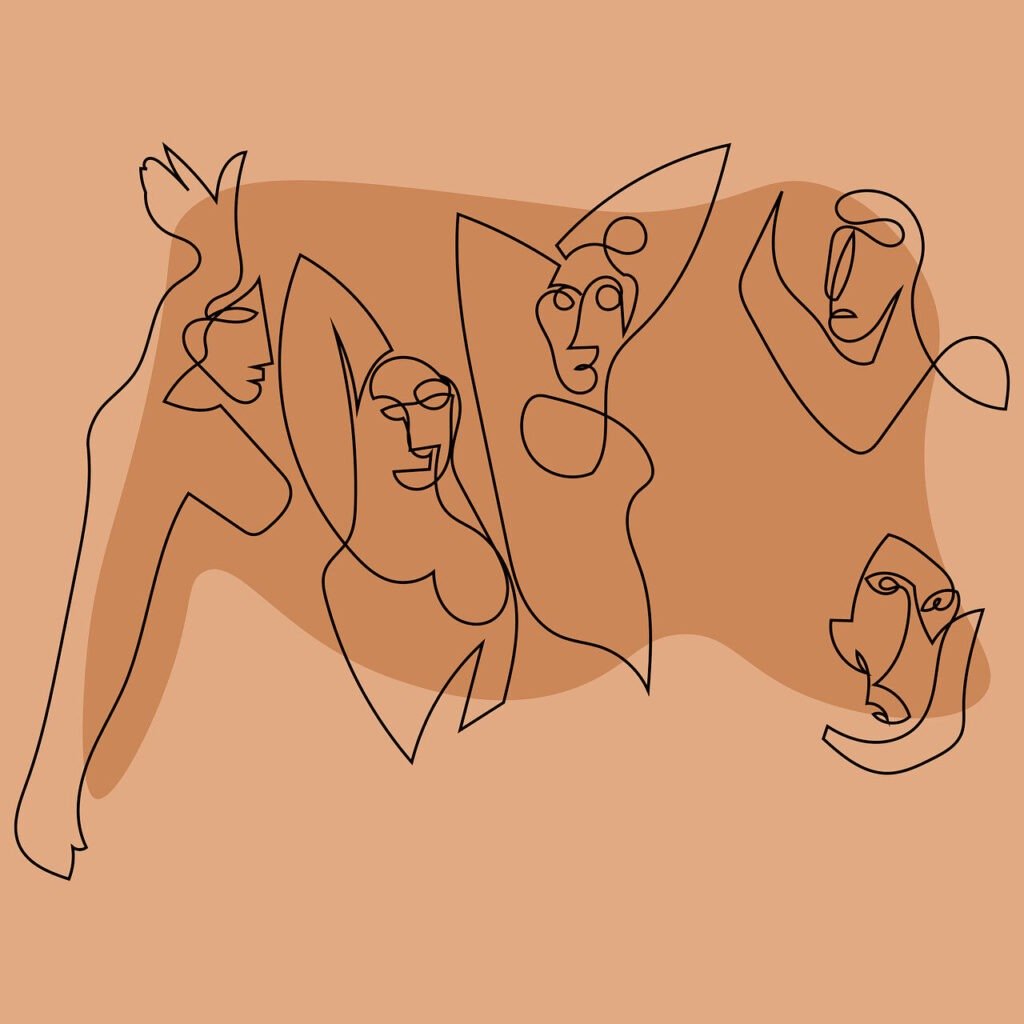
Why Famous Artists Loved Sketchbooks
For many artists, sketchbooks were more than tools—they were visual diaries, laboratories, and sanctuaries.
Sketchbooks.org | VISUAL RESEARCH HUB
The Masters Historic Artist Sketchbooks
Visual research is critical for any creative endeavor. We have compiled specialized links to lead you directly to images, videos, and inspiration for "The Masters Historic Artist Sketchbooks" across the web's best visual search platforms.
- Freedom to fail: Sketchbooks are private and non-judgmental
- Raw creativity: Ideas flow freely without pressure
- Iterative experimentation: Sketches evolve over time into masterpieces
Pablo Picasso famously filled thousands of pages across decades, while Frida Kahlo’s journals captured her emotional and artistic evolution with bold colors and confessional text.
Observational Drawing Is the Cornerstone
One of the core sketchbook habits of famous artists is obsessive observation. Whether sketching a chair from five angles or a stranger in a café, observation fuels authenticity.
- Leonardo da Vinci used his notebooks to explore anatomy and machines with scientific precision.
- Rembrandt refined light and emotion through multiple versions of everyday scenes.
- Repeating motifs helps artists uncover nuance and refine technique.
Observation builds artistic discipline—and the best artists never stop looking.
Sketchbooks Capture Emotion, Not Just Technique
While some sketches hone technical skills, others reflect inner turmoil, joy, or dreams.
- Frida Kahlo layered imagery with poetry and abstract symbols in her journals.
- Jean-Michel Basquiat used raw, graffiti-inspired marks to channel cultural commentary.
- Emotional sketching is cathartic—it records a moment beyond words.
By tapping into emotion rather than perfection, artists give their sketchbooks soul.
Daily Drawing Routines Cultivate Mastery
Consistency is a common thread among legendary artists. Most kept daily or near-daily sketching rituals.
- Famed illustrators like Hayao Miyazaki began each morning with gesture drawings.
- Even a 10-minute routine builds fluency, speed, and confidence.
- Sketchbooks reflect artistic endurance—small, repeated efforts create lasting impact.
Think of it as mental conditioning: creativity needs daily reps.
Composition Studies Reveal How Ideas Develop
Many artists used their sketchbooks to explore layout and design before committing to canvas.
- Georgia O’Keeffe reworked floral shapes and negative space across multiple pages.
- Studies of light, scale, and balance refine visual storytelling.
- Thumbnails allow faster brainstorming and loosen creative tension.
This step-by-step discovery fosters better creative decisions and bolder finished works.
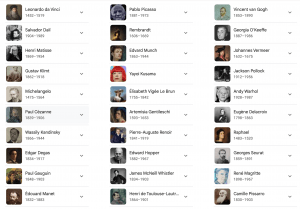
Sketchbooks.org | ART REPORTING | NEWS
Top 10 Famous Sketchbook Artists
Sketchbooks are windows into an artist's creative soul... ...offering a raw and intimate glimpse of their artistic process. In this list, we celebrate the "Top 10 Famous Sketchbook Artists" who have left an indelible mark...
Mixed Media Unlocks Innovation
Famous sketchbooks were rarely just pencil on paper. Artists embraced mixed media with wild abandon.
- Ink, watercolor, collage, acrylic, and charcoal appear side-by-side
- Layering creates depth and dimensional storytelling
- Combining text and image develops narrative clarity
Tools shape style—experimenting across mediums in your sketchbook helps reveal your personal visual language.
Sketchbooks Connect the Artist to Their Time
Great artists didn’t just draw what they saw—they responded to the world around them.
- Political unrest, personal milestones, spiritual questions—all found expression
- Keith Haring merged activism with visual language
- Visual journaling makes sketchbooks cultural mirrors
Your own sketchbook can reflect your views, your world, your voice—just like theirs.
Learning From Their Habits Today
You don’t need to emulate their style—just their dedication.
- Observe daily, draw often, experiment freely
- Record ideas as they come—don’t wait for “perfect”
- Allow sketchbooks to be safe spaces for growth
This mindset unlocks artistic progression and helps you develop a voice that’s truly your own.

Frequently Asked Questions
Why did famous artists use sketchbooks so often?
Sketchbooks offered a private space for experimentation, reflection, and growth without external pressure.
Are sketchbooks only useful for professional artists?
Not at all—sketchbooks benefit beginners and pros alike, serving as personal creative labs.
Do artists only sketch visuals?
Many include text, emotional reflections, poetry, and mixed media to deepen the page’s meaning.
How do sketchbooks improve creativity?
They encourage constant idea generation and spontaneous exploration, building creative confidence.
Can a sketchbook be digital?
Yes, apps like Procreate simulate sketchbook experiences, but many artists prefer tactile paper for authenticity.
What if I don’t know how to draw?
Sketchbooks are for exploration; even abstract marks or imperfect sketches foster artistic growth.
Should I follow a sketching routine?
Daily practice—even in short bursts—helps reinforce style, technique, and visual memory.
Can sketchbooks be used for idea development?
Definitely. Thumbnailing and composition studies help flesh out concepts before final execution.
Final Thoughts
Famous artists’ sketchbooks weren’t polished portfolios—they were living documents. They captured observation, emotion, routine, and innovation. You too can embrace this sacred creative space to develop your style, test your boundaries, and connect with your inner artist. Whether your lines are shaky or your pages chaotic, what matters is showing up, drawing out, and letting your sketchbook become your muse.
Ready to Share Your Work?
If your sketchbook was an animal, what would it be?
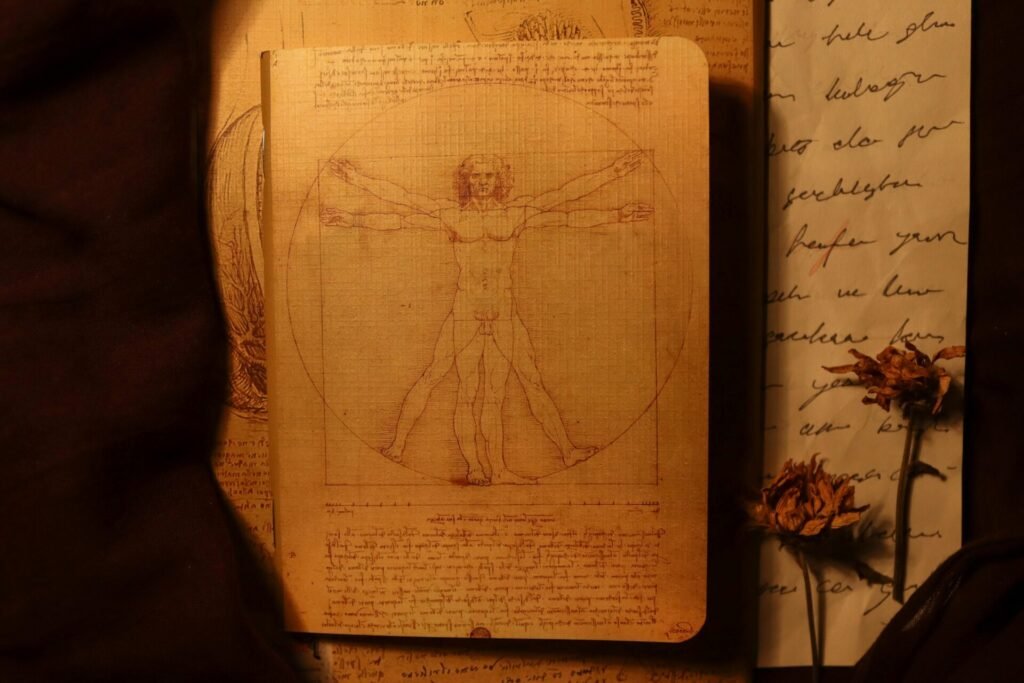

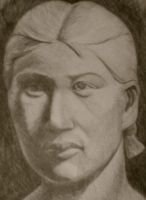
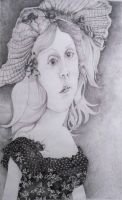
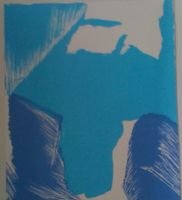
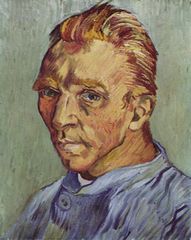
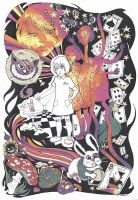
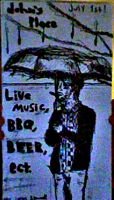
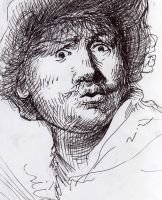

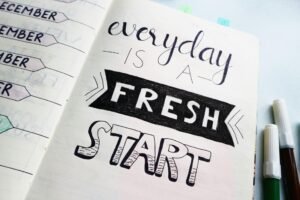
Frida’s Tagebuch war schon immer meine Lieblingsinspiration. Die Verbindung zwischen Text und Bild ist einfach magisch.
Das hat mich wirklich motiviert, mein Skizzenbuch wieder regelmäßig zu benutzen. Die Energie von Frida und Basquiat spürt man richtig!